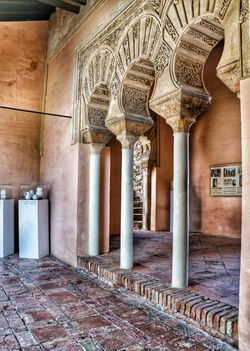
Alcazaba
 Przewodnik Malaga - Alcazaba |  Przewodnik Malaga - Alcazaba |
|---|---|
 Przewodnik Malaga - Alcazaba |  Przewodnik Malaga - Alcazaba |
 Przewodnik Malaga - Alcazaba |  Przewodnik Malaga - Alcazaba |
 Przewodnik Malaga - Alcazaba |  Przewodnik Malaga - Alcazaba |
 Przewodnik Malaga - Alcazaba |  Przewodnik Malaga - Alcazaba |
 Przewodnik Malaga - Alcazaba |  Przewodnik Malaga - Alcazaba |
 Przewodnik Malaga - Alcazaba |  Przewodnik Malaga - Alcazaba |
 Przewodnik Malaga - Alcazaba |  Przewodnik Malaga - Alcazaba |
 Przewodnik Malaga - Alcazaba |  Przewodnik Malaga - Alcazaba |
 |  |
 |  |
 |  |
 Przewodnik Malaga - Alcazaba |  Przewodnik Malaga - Alcazaba |
 Przewodnik Malaga - Alcazaba |  Przewodnik Malaga - Alcazaba |
 Przewodnik Malaga - Alcazaba |  Przewodnik Malaga - Alcazaba |
 Przewodnik Malaga - Alcazaba |  Przewodnik Malaga - Alcazaba |
 Przewodnik Malaga - Alcazaba |  Przewodnik Malaga - Alcazaba |
 Przewodnik Malaga - Alcazaba |  Przewodnik Malaga - Alcazaba |
 Przewodnik Malaga - Alcazaba |  Przewodnik Malaga - Alcazaba |
 Przewodnik Malaga - Alcazaba |
This is one of the most Málaga landmarks built on the site of Roman fortifications, whose name comes from the Arabic "al-qasbah", that is, the citadel.
Towering over the Teatro Romano The Alcazaba is the best-preserved Moorish fortress in Spain. Its appearance today is the result of a long historical process since time Arabic, po disbanded in 1933. and continues to this day its renovations. Unfortunately, its current area of 15,000 square meters does not reach even half of what it had in its heyday, as evidenced by the found historical plans.
This Moorish fortress was built in the years 756-780, za reign Abd-al-Rahman I, to therefore ideal position to perform a function defensive against pirates. Then In years 1057-1063 her he undertook the reconstruction sultan Granada Badis Al-Ziri, in turn, the double defensive walls that connect the Alcazabe with Gibralfaro Castle, were built by the ruler Nasrid Yusuf I in the fourteenth century. When Malaga became the capital of an independent kingdom in the 16th century, the fortress was once again expanded with double defensive walls, reinforced with a hundred towers.
Thanks to numerous reconstructions this palace was home to many Moorish rulers, and after the Christian conquest of the residence was also used by the Catholic Kings.
The Alcazaba hides numerous courtyards, patios and gardens together
with an irrigation system, as well as the Torre del Cristo (Christ's Tower), which for years served as a chapel, and the Plaza de Armas (Broni Square), which is a viewpoint over the coast. In the palace chambers we can also find an archaeological museum with a rediscovered one in the Alcazaba with ceramics and Arabic, Roman and Phoenician products.
Alcazaba, raised on a hill, beautifully blends in with the image of the city, and the views stretching out from the city walls allow you to see Málaga from different perspectives - both from side of the sea
and the port, as well as the residential part cities. Certainly, it is a must-see on the walking map, which allows you not only to understand the history of the city, but also to feel its Arab roots.
Alcazaba is open every day in the summer (April - October) from 9.00 a.m. to 8.00 p.m., in the winter period (November - March) until 18.00. The ticket price is 2.20 euro, in connection with the entrance to the Gibralfaro Castle 3.50 euro; children, students - 0.60 euro. Every Sunday from 14.00 admission for free.
You can find the Alcazabe in the city center at Teatro Romano , Calle Alcazabilla 2